The Wilderness Road
Back in 2018 when I was on a concert tour, the Englishman and I decided rather than taking big ole Interstate 81 from the northeast to southwest Virginia, we’d take smaller roads. We ended up on a collection of state roads, particularly Route 11, which took us through small towns in Maryland and Virginia. Somewhere in Virginia, we stopped to look in the windows of vacant shops in an old downtown and we found a historical marker for “The Wilderness Road.”
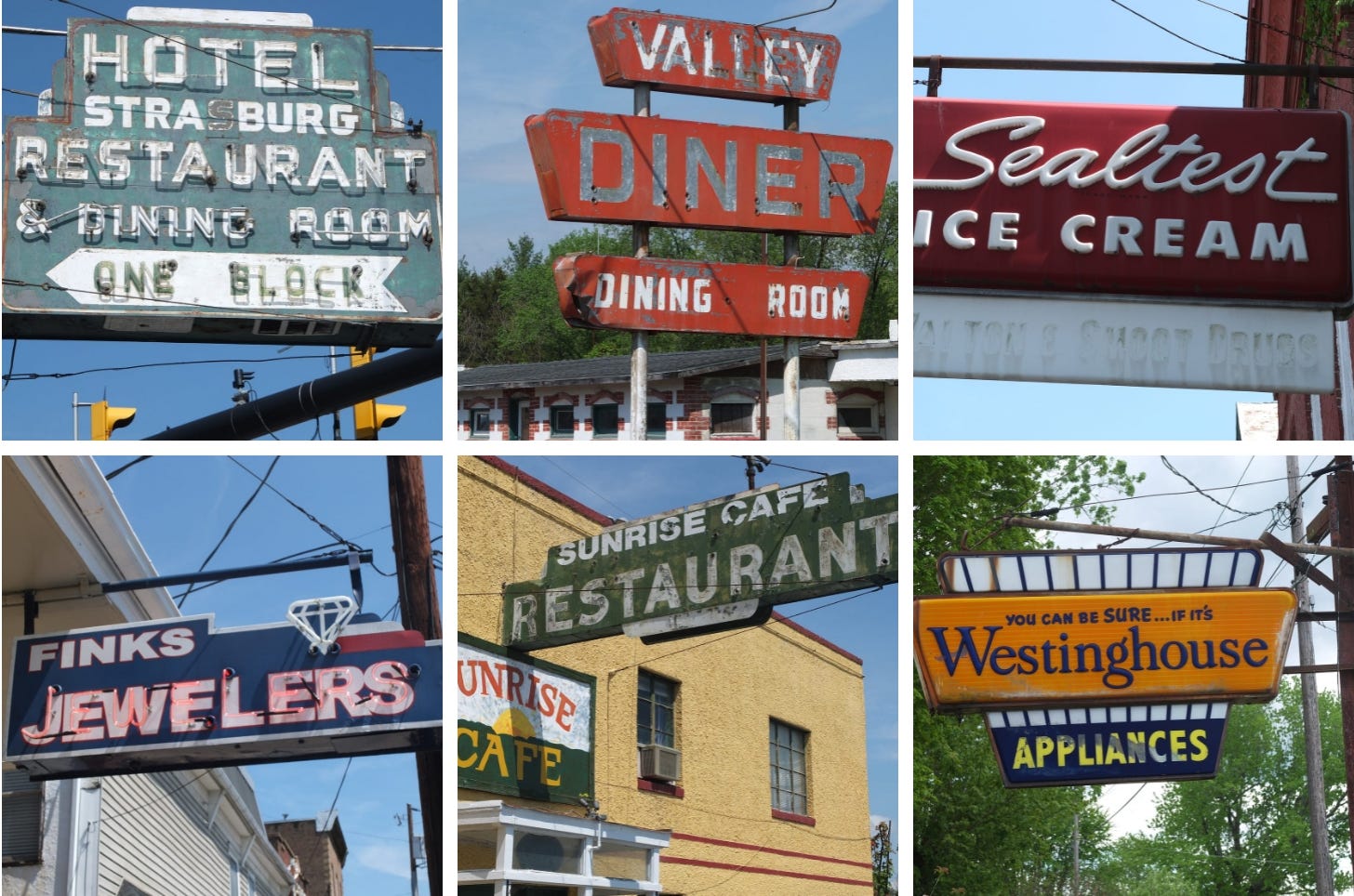
As a songwriter, my brain started humming and buzzing with this idea – the wilderness road. The words alone were so evocative. Is it a place? A journey? A feeling?
|
At that time, when I’d experienced huge changes in my personal life and career, the wilderness road was a feeling. My dad had passed away from leukemia two years before. I’d moved to a new country. I was performing solo. And though I had my partner, my immediate family, and friends in my life, I often still felt very much like I was just guessing. And that was lonely.
Later on that trip, I also thought of what the Englishman had said the first time he visited my grandmother in Appalachia. He said, “You said it was in the country, but I didn’t know it was the wilderness.”
The Wilderness Road has a historical past which goes back to the time when folks who had emigrated mainly from continental Europe and the British Isles made their way further westward in an ever-expanding America. People already lived in these places – Shawnee, Cherokee, Iroquois, and Chickamauga. From the 1770s, over the next thirty years, nearly 300,000 mainly Scottish, Irish, and German immigrants flooded the rough hewn tracks that led from eastern port towns like Baltimore and Wilmington to Southwest Virginia, West Virginia, Eastern Kentucky, Western North Carolina, and East Tennessee.
These settlers were following in the footsteps of the earliest Spanish and English explorers of the 1500s and 1600s.
Though my own ancestry research doesn’t stretch back as far as the early 1700s, I do know that we had family on both sides of this trail. We were Scots-Irish and English and we were Cherokee. We were immigrants and we were natives.
My aim here isn’t to give you an exhaustive record of the wilderness road as a historical route. I want you to know as much as I knew when I wrote this song. Because, as a songwriter, I am often looking at several routes that I can take when a title and its underpinnings come my way.
I could have read several books on this settlement route from the myriad perspectives represented by this shape-shifting and contested track through the Appalachians. I love research and I would have loved reading them.
But, I knew that for me, seeing those words “The Wilderness Road” on the historical marker, evoked a feeling. And a feeling is what I wanted to find and translate through my song.
Transmitting a feeling is much harder for me in songwriting than writing a record of a life or an event. If you look across my discography, you’ll find titles like, “Aunt Erma,” “The Roses of California,” and “The Ballad of Sally Kincaid.” These are all story songs based on the real or imagined lives of people. This is familiar ground for me.
I wanted “The Wilderness Road” to be a song of feeling, but I didn’t want it to be without a sense of story.
Perhaps that’s why it took me six years to find it. I wrote several versions down though the years which I knew just weren’t right. I was getting close back in October of last year. Then I had a conversation with my writing mentor and friend, Charlotte Charlotte Rains Dixon . I talked with Charlotte about that feeling, but also how I wanted to connect the feeling with someone or something tangible. This brought me around to saying that I wanted my song to have some kind of root and grounding in my own life and not just in the road itself. I said that I thought my dad and my ongoing search for him in my life was that root. Charlotte said, “I think you’ve got your song.”
It’s extraordinary how talking with someone who believes in what you make and who also has a solid history in word-work can make things clearer. I have a love-hate relationship with accountability. I thrive on knowing there are people out there cheering for me and looking forward to what I do, but I dread pressure. Following Charlotte’s weekly love letters of encouragement for writers has made such a difference to me over the last year because I feel I have a sounding board, but I also don’t have to turn in an assignment yesterday.
As soon as Charlotte and I said our goodbyes on Zoom, I picked up my banjo – the instrument which was closest to my desk at the time and not one that I’d used before while writing “The Wilderness Road” – and the melody and further words for my song sprung from voice and fingertips. Perhaps it was no coincidence that I was playing the banjo that Dad and I made together. Dad continues to talk with me – “I heard your voice in the darkness. I heard your voice in the trees. As I walked that road, you kept step with me.”
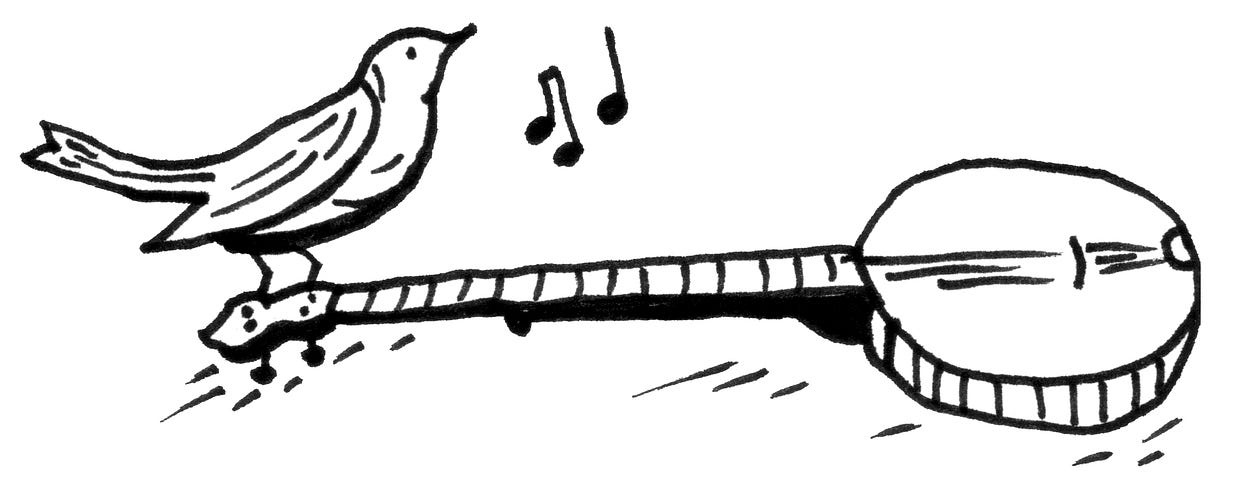 |
Over the next few weeks, in between doll and bear repair and making a film about my great-grandmother’s quilts, I kept playing the song, moving lyrics around, taking away lines, and refining.
This is the song you’re hearing today. My ancestors are in this. Dad is in this. The Carter Family’s “Lonesome Valley” is in this – one of the songs Dad and I loved best. The songs of freedom and protest – sung by Joan Baez, Woody Guthrie, Pete Seeger – which Dad taught to me from childhood are in this.
I hope you enjoy “The Wilderness Road” and I look forward to singing it with you when I’m next on tour.
As I say, “Some joined hands, some were singing. Some walked the road alone.” I hope you can join hands when you need to. My hand is here.
Your friend,
Jeni
The Wilderness Road © Jeni Hankins, 2024, BMI When I was a child, I heard stories ‘bout castles and streets of gold, but I found no gold or silver walking up the wilderness road. The way was steep and weary – the shelter rough and cold. No, there is no way around it you’ve got to walk the wilderness road. Some joined hands, some were singing, some walked the road alone. No matter how you walked it you had to keep on moving on. We walked it in our thousands. We walked it to find home. We were all created equal out on the wilderness road. We walked it with our memories. We walked with our regrets. We walked it with our silence. We walked with what we’d said. I heard your voice in the darkness. I heard your voice in the trees. As I walked that road, you kept step with me. Some say the end is nothing. Some say it’s a paradise. Some say the road is endless – that those before us paid the price. You once said we make the road in everything we do, so I’m walking with all my hope that I’m making my way to you. When I was a child, I heard stories ‘bout castles and streets of gold, but I found no gold or silver walking up the wilderness road. The way was steep and weary – the shelter rough and cold. No, there is no way around it you’ve got to walk the wilderness road. There is no way around it you’ve got to walk that wilderness road.
I have spent much of my touring life in California and I made both Picnic in the Sky and The Oxygen Girl in Los Angeles. I am deeply concerned about my friends and their families. I love you and I am thinking of you every day.
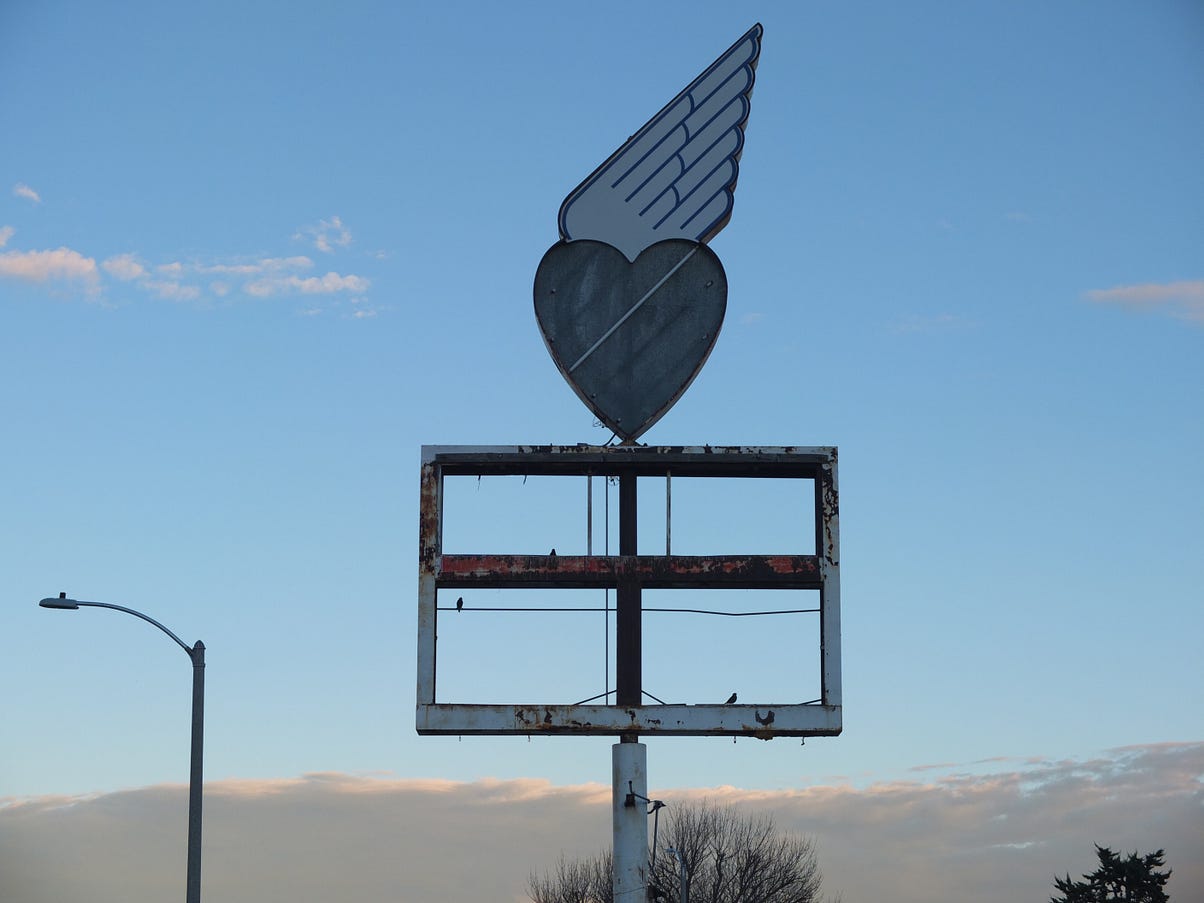 |
Over on Substack Notes, I’ve shared several of my recent doll and bear adventures including the transformation of Cotton Candy Dog and how I accidentally bought a three foot tall antique doll at an auction.
My shop where you can buy real albums that you can hold in your hand.
My website.
Instagram and Facebook where I post my adventures almost daily!
My articles for Modern Daily Knitting.

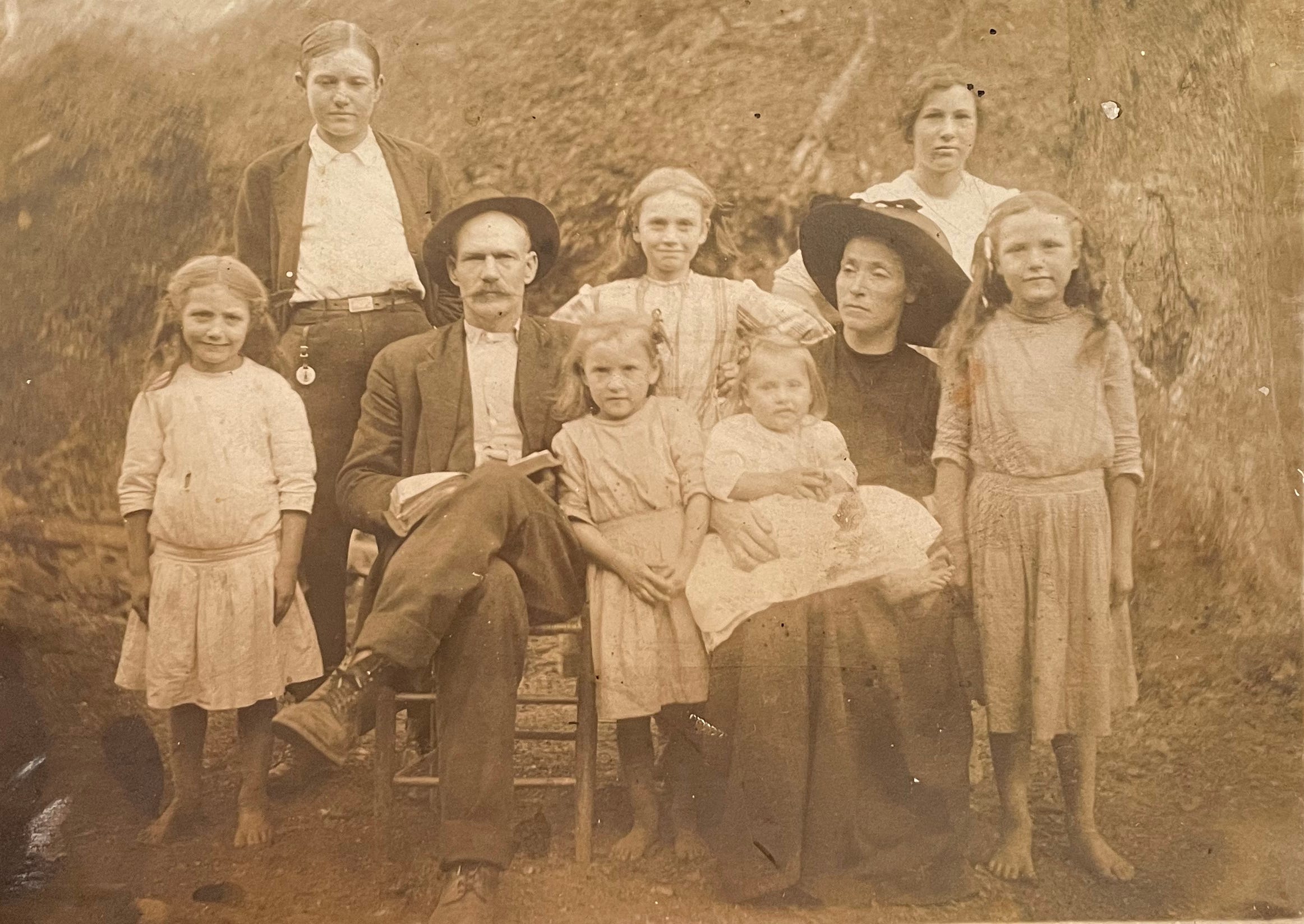
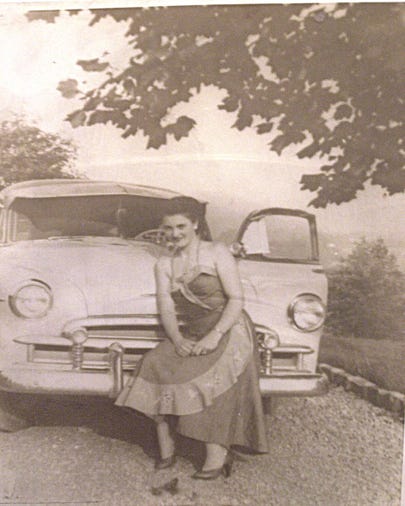
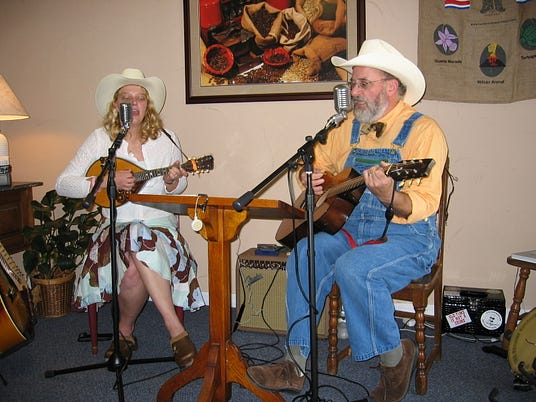
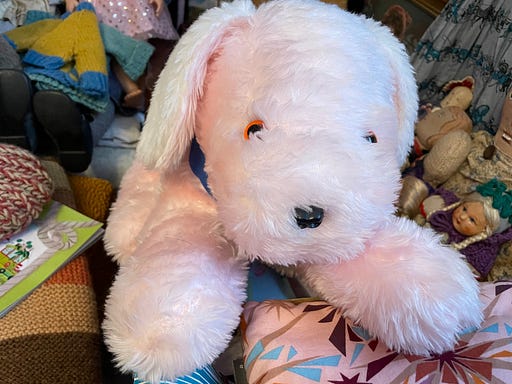
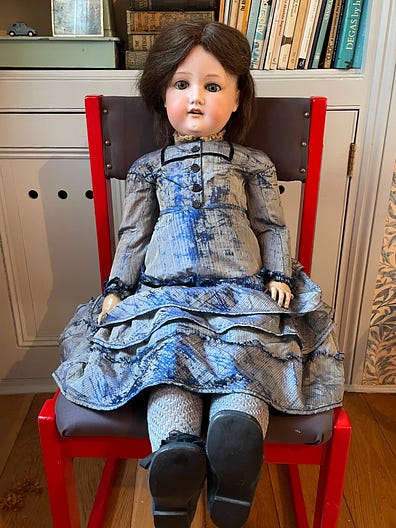
Comments
Post a Comment
Thank you for your comment! The lovely moderator will attend to it gently and promptly.